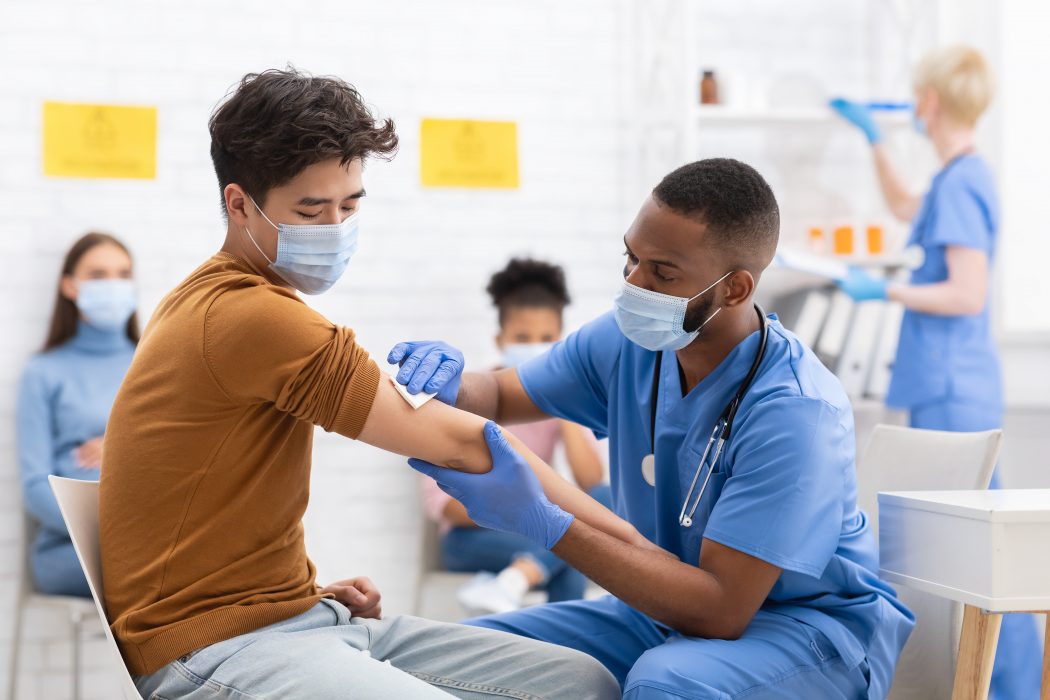
It is very unlikely and highly rare for HIV to spread through kissing.
Saliva does not normally contain much HIV, and therefore is not a common way for the virus to transmit. The virus needs to enter the bloodstream in order for HIV to spread.
Saliva typically contains insufficient amounts of the virus to be considered highly contagious.
Even though these circumstances are uncommon, a few factors have the potential to greatly increase the risk:
1. Visible cuts or sores on the mouth:
There is a potential danger of transmission if both partners have open sores or cuts in their mouths since this could provide direct access to the bloodstream. Even yet, the danger is regarded as being quite low.
2. Gum disease or bleeding gums:
A person may be slightly more at risk if they have bleeding gums or specific oral disorders. Once more, there is still little risk.
It’s crucial to remember that risk factors for HIV transmission include sharing needles, having unprotected s3x, and coming into touch with contaminated blood.
Under normal circumstances, kissing is not a significant way for HIV transmission to spread. For this reason, sharing sharp things like razors or needles should be avoided, as should engaging in safer s3xual practices.
Get Vaccinated: Protect Yourself and Your Loved Ones from Vaccine-Preventable Diseases
Vaccines are one of the most effective ways to prevent infectious diseases and protect public health. By getting vaccinated, you not only protect yourself from serious illnesses but also help…
Read moreProtecting Yourself from the Sun: A Comprehensive Guide
The sun’s ultraviolet (UV) rays can cause serious damage to your skin, eyes, and overall health. Prolonged exposure to UV radiation increases your risk of developing skin cancer, premature ageing,…
Read more







